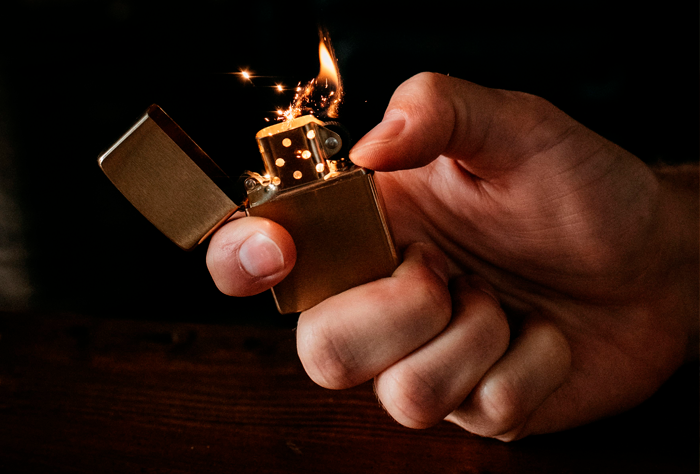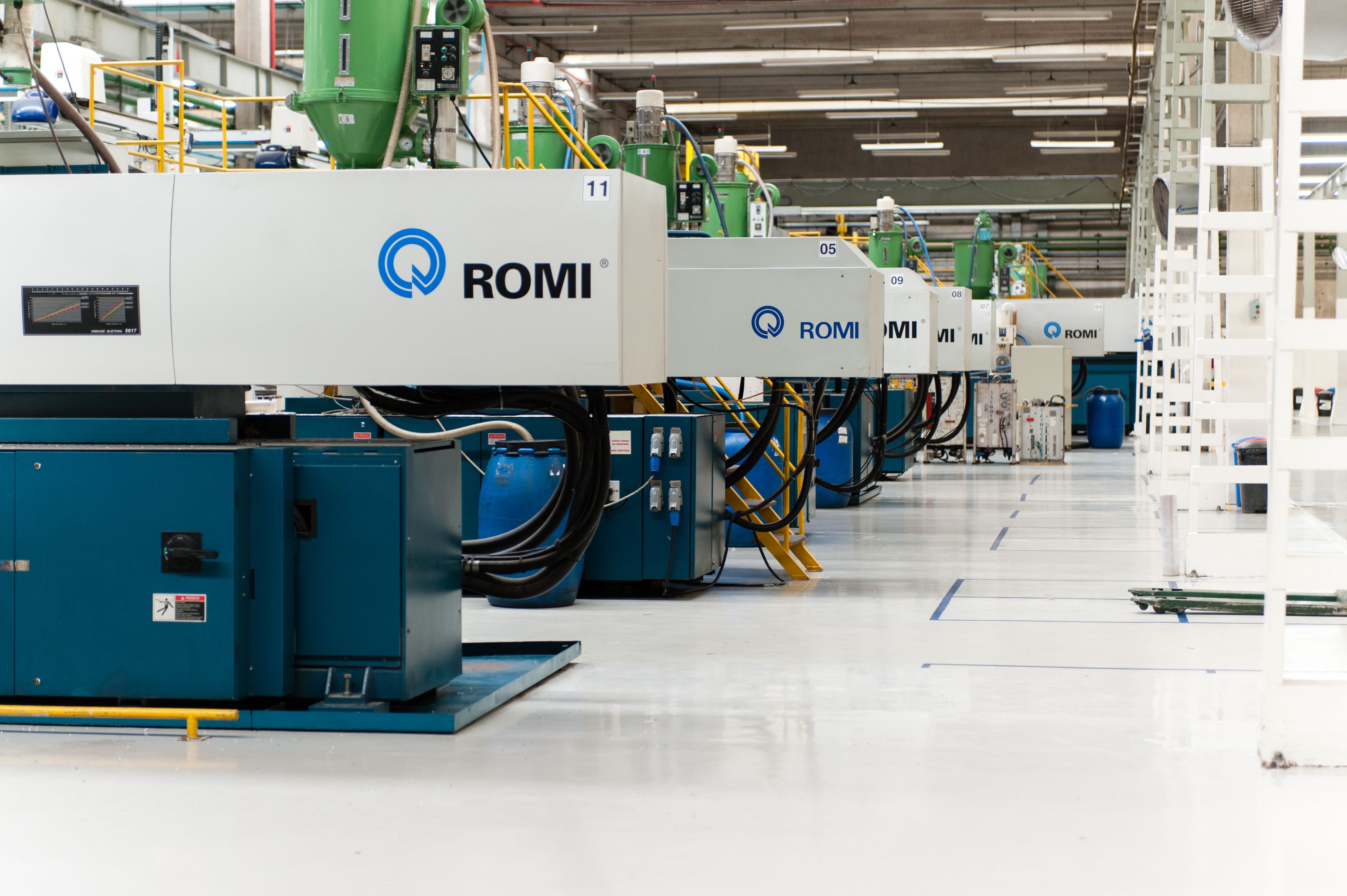Our history
Component began operations in 1960
Founded by Rodolfo Korall, Component's main activity was the manufacture of pocket and table lighters.
With the know-how acquired in the manufacture of such products, which were made up of stamped machined metal parts and injected plastic parts, Component migrated at the end of the 1960s to the manufacture of technical parts made up of metal and plastic for use mainly in the electronics industry, which was in the process of nationalization, following technological developments that already indicated that the future lay in the world of plastics.







